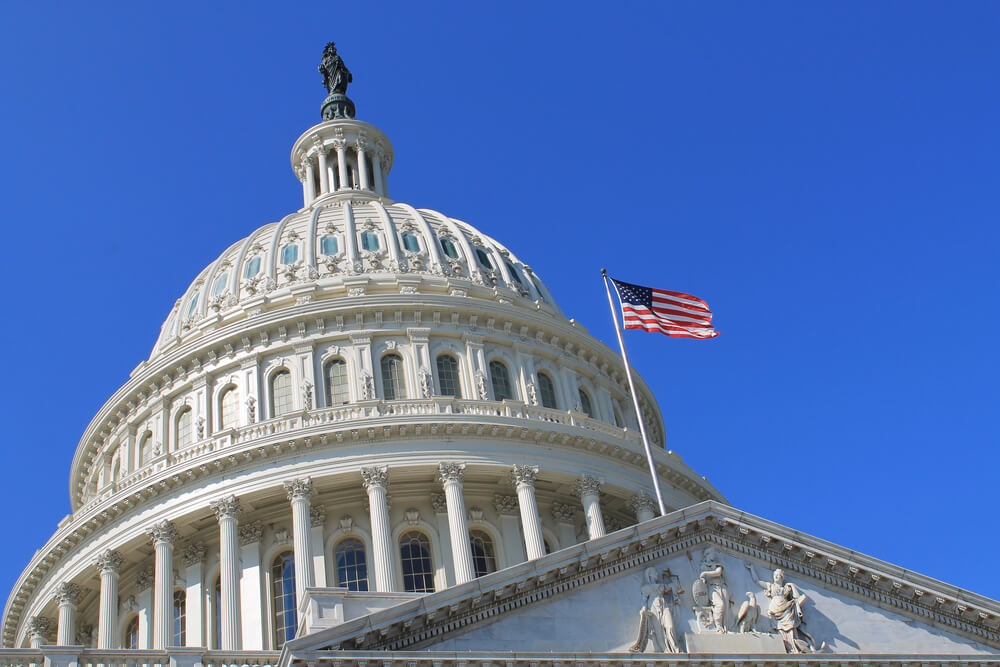
The way Washington, D.C., politicians do business often defies commonsense to everyday Americans, and combining transportation and homelessness funding highlights this disconnect.
A recent U.S. Senate “Senate Transportation-Housing and Urban Development (T-HUD)” bill counters a U.S. House version that would allocate $82.9 billion to the seemingly different needs. The Senate measure reportedly adds $8.3 billion above the fiscal year 2021, but $1.1 billion less than the House proposes. Proponents say the taxpayer money would address the nation’s “crumbling infrastructure” and “reduce homelessness.” The question everyday people may be asking is: Why aren’t these separate budget line items?
Sen. Brian Schatz, chair of the Transportation-Housing and Urban Development spending panel, echoes the language about faltering infrastructure and lack of affordable housing.
“It also represents our commitment to building a stronger, more resilient infrastructure system in the face of the climate crisis and worsening natural disasters,” Sen. Schatz reportedly stated.
Although the final spending numbers continue to evolve, freight carriers and truckers may be surprised to discover much of these funds may not necessarily fix roads and bridges or help homeless people find permanent shelter. If the commingled D.C. wisdom persists, the Department of Transportation would be able to use nearly $30 billion to fund discretionary projects. At least $300 million would be applied to combat the effects of climate change, an idea not everyone agrees requires infrastructure money. Another $11 million would pay for new zero-emissions DOT vehicles, and $18 million goes to study transitioning public transit vehicles.
According to recently released T-HUD spending proposals, Homeless Assistance Grants would only total $3.26 billion. That figure represents an increase of $260 million over the fiscal year 2021 spending. More than 647,000 people were homeless in the U.S. at the peak of the recession in 2007. The number of people without shelter declined steadily until 2016. It has steadily risen from a low of about 549,000 to more than 580,000 people in 2020. Clearly, this issue requires greater funding.
By combining the funding levels for the DOT and HUD, it appears as if Congress is doing a great deal to improve crumbling infrastructure and reduce homelessness. But a deep dive into so-called “discretionary” spending and pet projects indicates far less is being allocated for essential issues than everyday people might believe. Yes, mixing these budget items defies commonsense. But it sure looks good in mainstream media headlines.
Sources: ttnews.com, eenews.net











It’s called “looting the treasury” in layman’s terms. Discretionary simply means ‘”we don’t have to tell you where it’s going or how it’s spent. It’s ours now.”
You are absolutely right. Look for higher fuel taxes to ‘combat’ weather change, a ‘special’ fee for anything related to carbon fuel based vehicles (tires, oil changes, etc) and most of the infrastructure money to be used to build housing for the homeless. And don’t forget some nice fat grants to people like Elon Musk to build electric trucks.
And since we don’t have the power grid to charge all these vehicles, a bunch of that money will be spent on windmills and solar.
You nailed it, VanHorne.
That actually means nothing gets done.
Expect a few bridge collapses in the not-too-distant future.
Hopefully you’re not on one at the time.
It’s called “bringing the pork home to buy votes”. Who would vote against a bill called “Feed Every Child”? Very few pandering politicians looking to buy votes. This bill, when it exists, will be packed full of garbage totally unrelated to feeding anybody: bicycle paths, teaching hookers how to dress, or anything some panderer thinks will buy a vote. The bill gets passed because it has a nice name and few politicans bother to read it or the attached pork.
Have the homeless drive trucks.